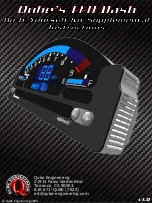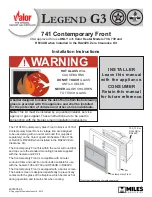
Oxymax H COS21D
Function
Hauser
19
– Date of manufacture
• Calibration data
– Calibration date
– Calibration values
– Number of calibrations
– Serial number of the transmitter used to perform the last calibration
• Operational data
– Date of commissioning
– Hours of operation under extreme conditions
– Number of sterilizations
– Data for sensor monitoring.
5.3
Calibration
Calibration is a means of adapting the transmitter to the characteristic values of the sensor.
Normally, sensor calibration is seldom necessary. It is necessary after:
• First commissioning
• Replacing a membrane or electrolyte
• Cleaning the cathode
• Long breaks in operation without power supply
Within the framework of system monitoring and supervision, for example, the calibration can
also be cyclically monitored (at typical time intervals, depending on operating experience) or
renewed.
5.3.1
Types of calibration
You can carry out single-point or two-point calibration for the sensor.
In most applications, single-point calibration suffices in the presence of oxygen (=calibration of
measured value at air).
The additional calibration of the zero point (two-point calibration) improves the precision of the
measurement results in the trace range. Calibrate the zero point with nitrogen (minimum
99.995%) or with water free from oxygen, for example. In doing so, make sure the measured
value has settled correctly (20 to 30 minutes) to avoid incorrect measurements in the trace range
at a later stage.
Types of calibration:
• Slope:
– Air (saturated with water vapor, e.g. near the water surface)
– Air-saturated water
– Variable air (entering the current relative humidity and the absolute air pressure)
– Data entry
• Zero point:
– Zero point calibration (nitrogen or water free from oxygen)
– Data entry
















































